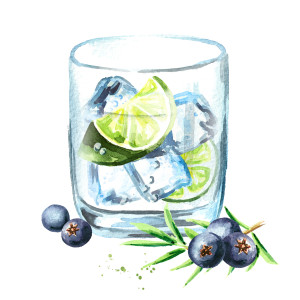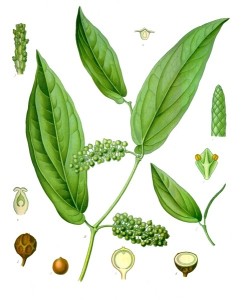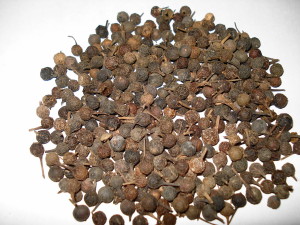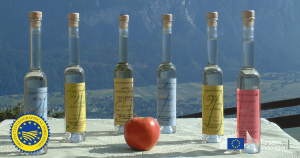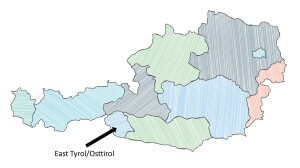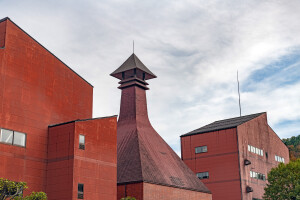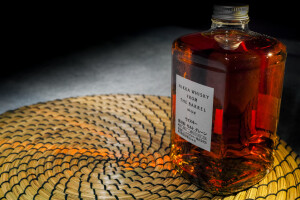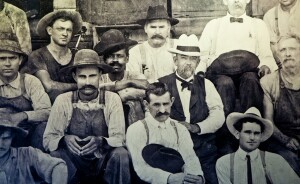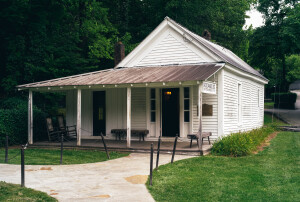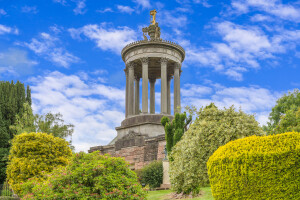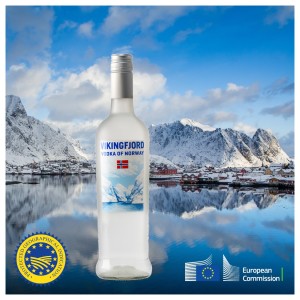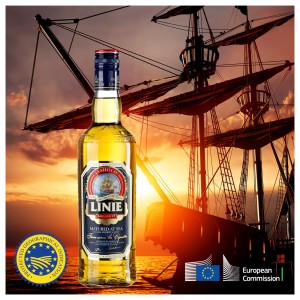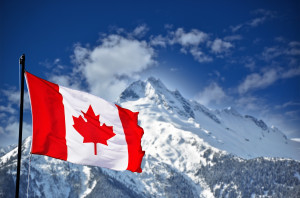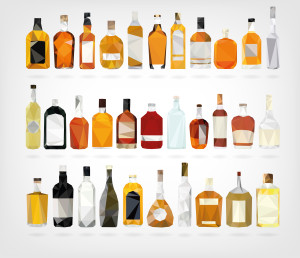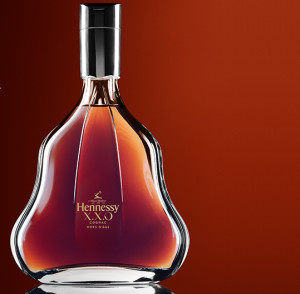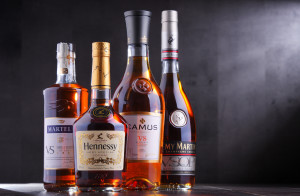 Attention, flashcard brigade! The EU has recently approved a few updates to their wine and spirit regulations. While none of these seem to be too earth-shattering, they are certainly worth a look.
Attention, flashcard brigade! The EU has recently approved a few updates to their wine and spirit regulations. While none of these seem to be too earth-shattering, they are certainly worth a look.
Production update in Cognac: The Cahier des Charges for the Cognac AOC has been updated to allow for the new-make spirit taken off the still after the second distillation run (la deuxième chauffe or bonne chauffe) to have a maximum of 73.7% alcohol by volume. This was raised from the previous maximum of 72.4% due to hausse des températures du fait du changement climatique ce qui entraine une augmentation du taux alcoométrique volumique des vins (“rising temperatures due to climate change, which leads to an increase in the alcoholic strength by volume of the base wine”).
Name change in Emilia-Romagna: The Colli Bolognesi Classico Pignoletto DOCG—created in 2010 for white and sparkling wines made from a minimum of 85% Pignoletto Grapes (also known as Grechetto Gentile)—has dropped the term “Classico” from its title. These styles of wine—from the appellation now known simply as the Colli Bolognesi Pignoletto DOCG—are a mainstay of the region, and were previously produced under the Colli Bolognesi DOC. As befits the name, the Colli Bolognesi Pignoletto DOCG is located somewhat in the center of Emilia-Romagna and surrounds the city of Bologna.
Name change in Veneto: The Bianca di Custoza DOC—located on the southeastern tip of Lake Garda and just south of Bardolino—has officially changed its name to Custoza DOC. (Two names—Bianca di Custoza DOC and Custoza DOC were previously recognized, but a recent legal decree changed the title permanently to Custoza.) The appellation is currently approved for a range of white wines (dry, sweet, and sparkling) based around a blend of white grapes featuring Cortese, Friulano, Garganega, and/or Trebbiano Toscano. The name change could imply a future move to include other styles of wine in the appellation’s production—we will have to keep an eye out for any such developments.
New Spirit GI: Italy has earned GI recognition for Grappa della Valle d’Aosta (aka Grappa de la Vallée d’Aoste), a pomace spirit produced grapes grown (and wine produced) anywhere within the province of Valle d’Aosta. Grappa della Valle d’Aosta may be bottled unaged or it may be oak-aged. This product is quite interesting as it is allowed to contain limited amounts of honey and may be flavored with local botanicals—such as juniper and artemisia—based on local traditios. Grappa della Valle d’Aosta is Italy’s tenth appellation dedicated to grappa. Other regions with specifically defined appellations for grappa include Barolo, Sicily, Lombardy, Friuli, Trentino, Veneto, Alto Adige, and Piedmont.
References/for more information:
- EU Journal April 2023 regarding Cognac
- Colli Bolognesi Classico Pignoletto
- EU Council Implementing Decision re Custoza
- Discilinare-Grappa della Vallee d’Aosta
- EU Journal-Council Implementing Decision re Grappa della Vallee d’Aosta
Post authored by Jane A. Nickles…your blog administrator: jnickles@societyofwineeducators.org
